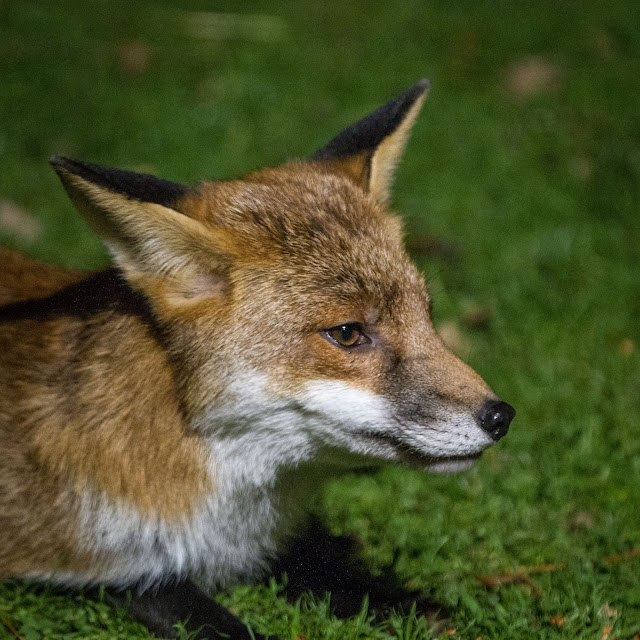It seems ages since I last went for a wander up the coast, something I used to do very regularly at this time of year before the pandemic. I started at Boulmer and walked north from the village along the beach as the tide was coming in. The weather was sunny and calm with a flat calm sea. It is a great place to see waders and here are some of those I came across.First bar-tailed godwits. These have been in the news in the past week after one was tracked flying 8108 miles non-stop from Alaska to Australia in 239 hours (almost 10 days) at an average speed of 34mph. The bird was heading for New Zealand but had to divert over 1000 miles to Australia after encountering headwinds, which makes me wonder how it knew Australia was there. The godwits I saw are winter visitors from Siberia.
I saw and heard lots of redshanks who know just how deep they can go without getting their feathers wet.
These two spent several minutes fighting but it was difficult to see what it was all about as there was plenty of space for both of them.
Other waders were ringed plovers,
knots,
sanderlings,
dunlins (not a great photo but in for completeness),
turnstones,
and purple sandpipers.
The curlews stayed on the shore as long as possible but were eventually driven into nearby fields by the rising tide.
This is an oystercatcher with a knot and a godwit.
Ducks on the sea were eiders,
One very surprising sighting (to me at least) was little grebe fishing in the sea. Other birds on the shore or close by included grey herons, carrion crows, rock pipits, pied wagtails, wrens, robins, linnets and house sparrows, some of which I may go back to photograph another time. Oh, and plenty of seagulls!



















































